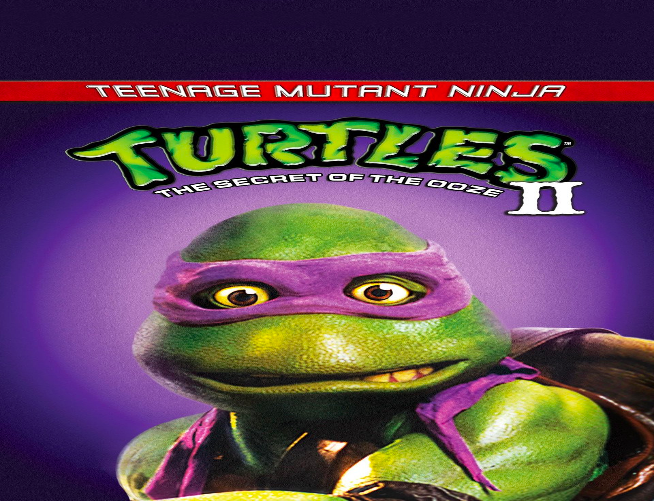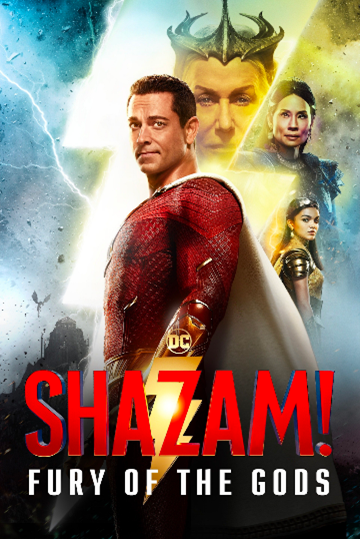Greta Gerwig’s live adaptation of Barbie has emerged as the epitome of modern-day feminism. It demonstrates female empowerment and a bold challenge to the patriarchy.
The film opens with a scene resembling 2001: Space Odyssey, in a dry desert, packed with little girls clutching onto ugly baby dolls. Then Margot Robbie, a real-life depiction of the classic barbie doll, steps in. The scene instantly transforms to a refreshing, happy, pink Barbie Land, where women rule the world in pink mansions, have high-status jobs, and walk with confidence. With Lizzo’s bubbly song “Pink” playing in the background, Barbie steps her bare, permanently arched feet into the sky and drifts down into her driver’s seat of her car. She lives a day full of happiness, complete with exaggeratedly perfect heeled feet and her boyfriend Ken, played by Ryan Gosling.
The next day, however, begins less perfectly, and these realistic moments shatter her perfect Barbie life. Her shower is cold. She wakes up with a bedhead. Her feet are flat. Barbie heads out of Barbie Land, to the real world, with Ken jumping in shotgun to try to fix the changes happening to her by restoring order.
After arriving, she slowly uncovers the injustice of the patriarchy. Suddenly Barbie sees things differently. Her perspective shifts; she cries for the first time, sees an old person for the first time, feels harassed for the first time, goes to jail for the first time, and is simply not seen as a goddess constantly for the first time. She sees that the real world is the opposite of Barbie Land, as does Ken, who discovers what patriarchy gives him- life beyond being just Ken. After being exposed to ideals of the patriarchy, Ken and all the other Kens in Barbie Land burst into song, praising the patriarchy with, “can you feel the kenergy?”
Since Barbie’s creation in 1959, she has symbolized traditional views of female domesticity, flawless fashion and beauty, but has also tried to adapt to modern times by including more progressive images of female empowerment. Barbie presents a range of options, portraying anything and everything a woman can be –besides imperfect. Although Barbie was made to be empowering and progressive, the very idea that a woman can be absolutely flawless is simply unrealistic.
In the real world, where men dominate, Barbie feels like she just is not good enough. During a memorable, emotional moment of the film, an ordinary woman states “We have to always be extraordinary, but somehow we’re always doing it wrong.” Barbie realizes then that, instead of being a comfort to women, she became a model they could never live up to.
Barbie explores how the doll became something that limited women instead of uplifting them. To correct that, the movie empowers its less traditional cast of characters who defy gender norms and societal expectations, including the “weird” and discontinued barbies, such as Allan, who was “too unpopular,” earring magic Ken, who was “too gay” and pregnant Midge, who was “too provocative” for encouraging teenage pregnancy. The film portrays an impossibly optimistic world where individuals can be authentic without fear of judgment, sending a powerful message that difference is good and something to embrace and not hide.
Beyond its feminist themes, the film portrays Barbie’s journey as an existential struggle against societal expectations and an exploration of identity and meaning in a world defined by superficial beauty standards. Barbie is on a journey through self discovery. This scene where Barbie meets her creator illustrates her discovery of her role in the world.
Furthermore, Barbie subtly questions the implications of capitalism, more specifically, how profit motives drive the toy industry, represented by the people on the board at Mattel. In a world driven by consumerism and materialism, the film encourages viewers to consider the people behind the products we buy, and their motives. In a hilariously ironic scene, the female receptionist walks into the Mattel board meeting, where everyone is male and middle aged, discussing designing barbies for young girls and only gets their attention because she promises them her idea will make them money. This highlights the irony of a patriarchal world, where men leading leads nowhere, except to a totally unrealistic Barbie doll who could not survive in the real world.
Gerwig’s Barbie ignites conversations about feminism, motherhood, consumer culture, and the iconic Barbie doll. This movie skillfully managed to be both entertaining and provocative, making you laugh at the same time it raises questions.







